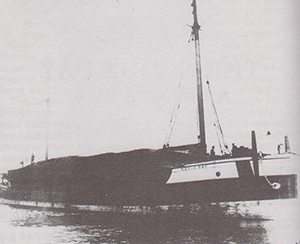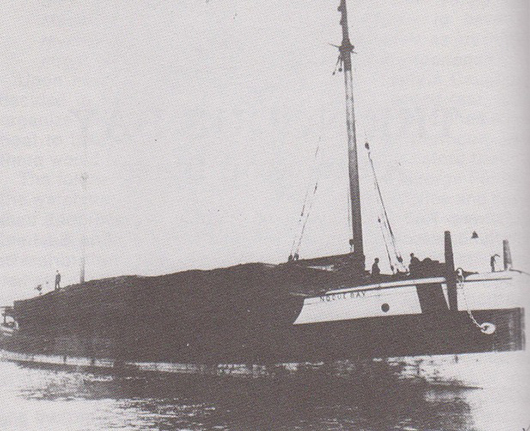
On a beautiful morning at the Bayfield City Marina, WDIO-TV met up with a group of men on a mission, ready for a trip on the Heyboy to the Apostle Islands.
So who are these guys?
They are members of the Great Lakes Shipwreck Preservation Society. The group was formed in 1996 to give the famed Great Lakes shipwrecks some tender loving care. For nearly 20 years, passionate members of the group have been using personal vacation days and spending their own money to tend to the needs of these underwater treasures – not only for their own diving enjoyment, but for all diving enthusiasts.
Ken Merryman is the captain of the Heyboy and the leader of the mission.
“We like to preserve shipwrecks and use them, see them and photograph them,” he said.
Merryman says the task is to combine a little work with the mission of capturing images of a wreck, the Noquebay.
“This project was part having fun, but part of it was to get video for the Bayfield Maritime Museum.”
The Noquebay was a schooner/barge, meaning she could sail on her own but could also carry cargo and be towed like a barge.
Before the fun part of the dive begins, Joe Musial and Ken Knudson will do some work at the request of the Wisconsin Park Service.
It starts with diving to inspect an underwater cement block, known as a mooring block. They have been placed near many shipwreck sites so visiting diving boats don’t have to drop their own anchor, which could disturb or damage wrecks. Mooring blocks need to be checked often and repaired frequently. This mooring block at the Noquebay is looking good, but it does need a new rope and floating buoy, which these guys quickly install.
Once the work is done, the sightseeing and recreational diving can begin.
It’s a near perfect day, plenty of bright sunshine and minimal waves. But as is always the case in Lake Superior, the water is cold.
“The first thing is you get this tremendous rush of cold when you jump onto a shipwreck in Lake Superior, but that settles down and it’s very quiet,” Merryman describes.
Merryman says the Bayfield Marine Museum is going to get some great video from today’s dive.
“You can actually see the Noquebay from the surface if you look closely … she rests in only about 12 feet of water.”
It was early fall, on Oct. 6, 1905 when a steamer was towing the Noquebay, setting out on a 500-mile journey from Bayfield to Bay City, Mich. She was carrying 600,000 board feet of beautiful hemlock lumber. The crew was eating lunch at the rear of the ship and no one noticed the one thing you don’t want on a wooden vessel that’s carrying even more wood: a fire. The crew tried to save the precious cargo, tossing as much overboard as they could. Eventually though, they were forced to abandon ship.
One of the divers, Jack Decker, pops his head back up above the surface of the cold water, removes his mouth piece and says, “The construction that went into these ships is incredible!”
Decker is especially impressed because the Noquebay, like most vessels of that vintage, is made almost completely out of wood.
“The huge beam, the keel, there’s like, I bet it’s like 14 by 14 square, just a huge piece of tree. Just the workmanship was just incredible, and still here after all these years.”
No lives were lost when the Noquebay sank. Records show the fire started in the forward part of the ship near the boiler, which can be seen lying on the lake bottom, dead cold – never to start another fire again.
___
Information from: WDIO-TV, http://www.wdio.com
Copyright 2014 Associated Press. All rights reserved. This material may not be published, broadcast, rewritten, or redistributed.
AP-WF-07-26-14 0058GMT
ADDITIONAL IMAGE OF NOTE


